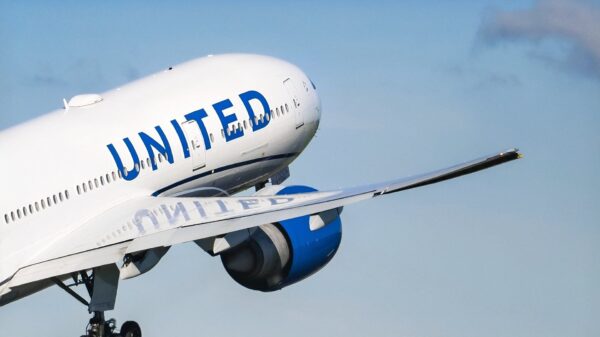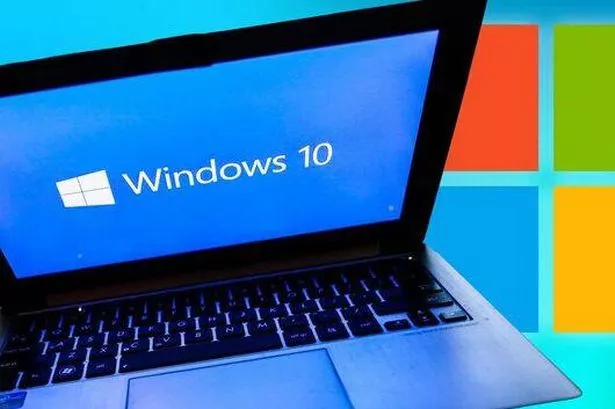Microsoft has officially discontinued support for Windows 10, urging users to transition to Windows 11 for enhanced online security. As of October 14, 2025, the technology giant will no longer provide free monthly software updates for Windows 10, marking the operating system as ‘end of life’. While Windows 10 will remain functional, it will not receive essential security patches, potentially exposing users to new vulnerabilities.
In a recent blog post, Microsoft highlighted the risks associated with outdated systems, stating, “Modern cyberattacks rarely go straight for the crown jewels. Instead, they probe for weak points in the systems that hold the keys: outdated operating systems, legacy infrastructure, and unsupported endpoints.” This warning primarily targets businesses, but individual consumers using Windows 10 should also take note.
According to Microsoft’s Digital Defense Report, over 90 percent of ransomware attacks are directed at “unmanaged devices lacking proper security controls”. The only avenue to maintain some level of protection for Windows 10 users is through the Extended Security Update (ESU) program, which can be accessed via the PC’s Settings menu. Users can receive these updates at no cost if they are logged into a Microsoft account and agree to sync their settings with OneDrive, Microsoft’s cloud storage service. This arrangement allows for continued security updates until October 2026.
For users considering an upgrade, Microsoft is offering a complimentary transition to Windows 11. This upgrade can also be initiated through the Settings menu under Windows Update. However, it is important to note that Windows 11 has established minimum system requirements. Devices that do not meet these specifications may experience performance issues if the new operating system is installed.
If users do not qualify for the ESU program or the free Windows 11 upgrade, the last option for security compliance is to purchase a new computer that supports Windows 11. Microsoft cautions that “hackers don’t need to break your strongest lock; they just need to wait until you leave a window open.”
While some users might feel comfortable continuing with Windows 10, especially for offline tasks such as playing local media files or gaming, Microsoft emphasizes the importance of upgrading for those connected to the internet.
It’s worth noting that Microsoft has provided support for Windows 10 for nearly a decade, which is significantly longer than the support offered by other companies. For instance, Samsung and Google typically guarantee only seven years of software updates for many of their new Android smartphones.
As the technology landscape evolves, users are encouraged to reassess their operating systems and consider the implications of remaining on outdated software.





































































